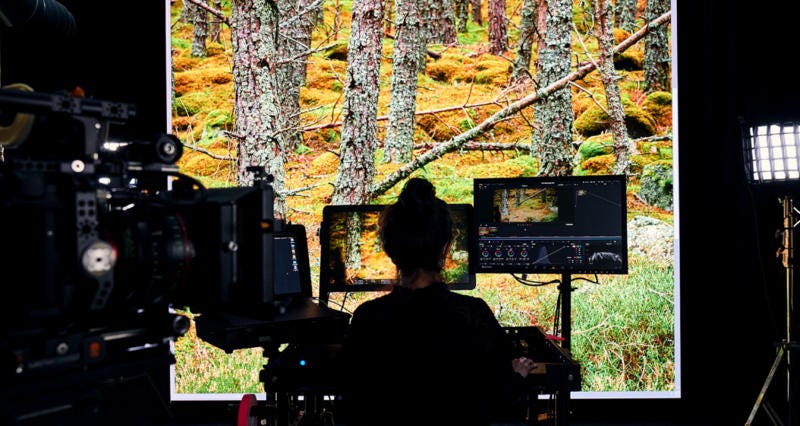[ad_1]

Image: Nvidia
It would be useful for someone to do a temperature check of Hell because after years of queries and requests, Nvidia has released on GitHub the source code for its GPU kernel modules.
Long suffering Nvidia desktop users wishing to ditch the binary driver should temper their excitement though, with Turing and Ampere data centre GPUs being the first architecture deemed production-ready and supporting features such as multiple displays, G-SYNC, and RTX ray tracing in Vulkan, and OptiX.
Nvidia said that desktop support was alpha quality, and users could opt in if they wanted to.
The driver package released by Nvidia will have both the binary and open source driver, with the decision on which to use made during driver installation.
The GPU company admitted its driver was not ready to be upstreamed into the Linux kernel, but it would work on it with Canonical, Red Hat, and Suse.
“In the meantime, published source code serves as a reference to help improve the Nouveau driver,” the company said.
“Nouveau can leverage the same firmware used by the Nvidia driver, exposing many GPU functionalities, such as clock management and thermal management, bringing new features to the in-tree Nouveau driver.”
Providing more background, Red Hat director Christian Schaller said in a blog post that Nouveau and kernel maintainers had been meeting with Nvidia for the past month.
“This is only the kernel part, a big part of a modern graphics driver are to be found in the firmware and userspace components and those are still closed source,” Schaller wrote.
“But it does mean we have a Nvidia kernel driver now that will start being able to consume the GPL-only APIs in the Linux kernel, although this initial release doesn’t consume any APIs the old driver wasn’t already using.”
Schaller added both the existing Nvidia binary and Nouveau driver would be sticking around, even when the new open source driver is built out.
“In the immediate near term it will not have a major impact. But over time it provides a pathway to radically simplify supporting Nvidia hardware,” he said.
“Long term we will hope be able to get a similar experience with Nvidia hardware that that we today can offer for Intel and AMD hardware, in terms out of box functionality. Which means day 1 support for new chipsets, a high performance open source Mesa driver for Nvidia and it will allow us to sign the Nvidia driver alongside the rest of the kernel to enable things like secureboot support.”
The state of Nvidia support for Linux has been a long running issue. In 2012, Linus Torvalds said Nvidia was “the single worst company we’ve ever dealt with”, before giving the company the middle finger.
Related Coverage
[ad_2]
Source link



